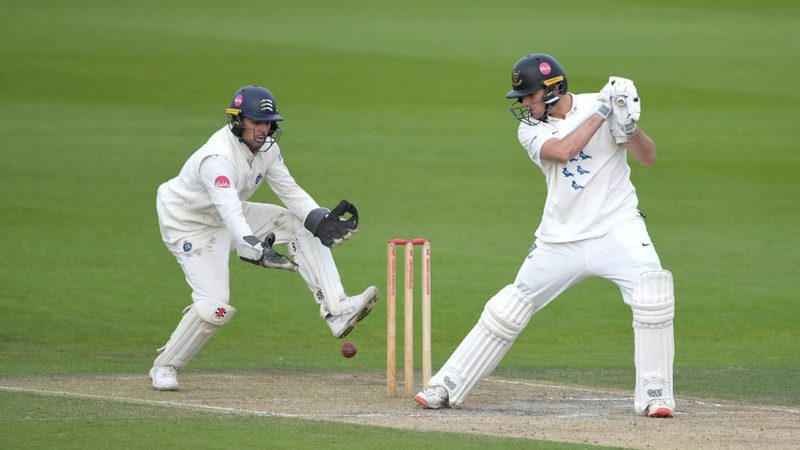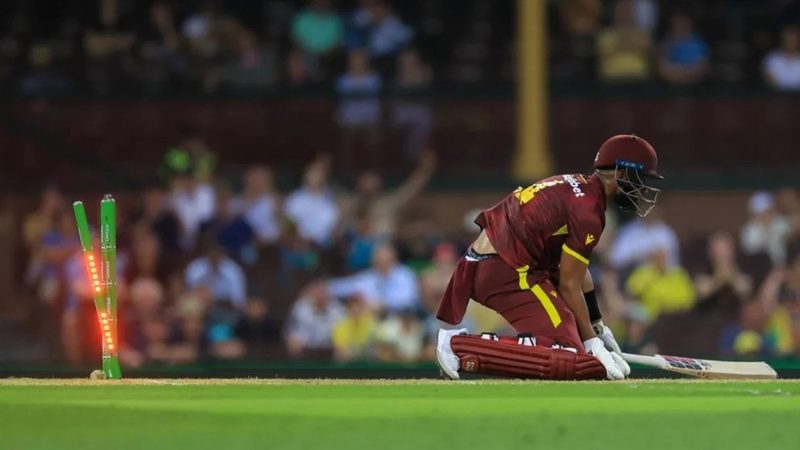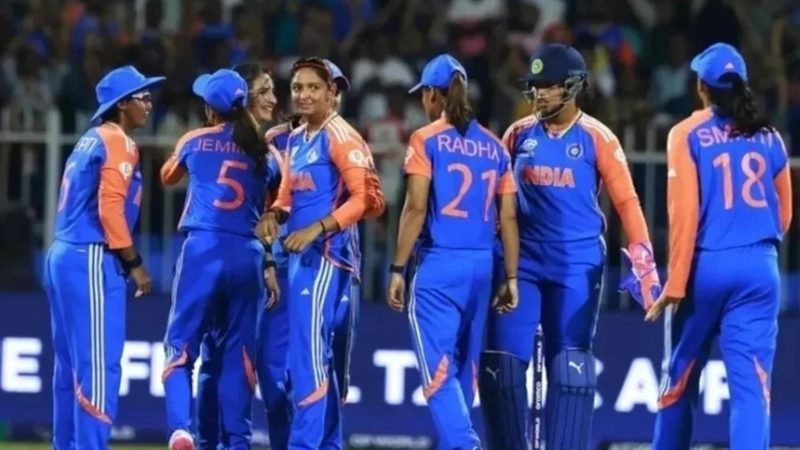
Kabaddi may look like a purely physical sport but it’s extremely strategic and tactical as well. It requires the entire team to function as a unit to outwit the opposition and has a varying number of players participating in the action depending on the type of kabaddi in question.
One of India’s indigenous and most popular sports, kabaddi these days is mostly played with seven players per side at a given time with a minimum of three and a maximum of five players as substitutes.
Standard style kabaddi follows the seven players per side rule. Although kabaddi is played in different forms, Standard style kabaddi is the most common form these days and is the preferred format at the international level with leagues like Pro Kabaddi following the same blueprint. The Kabaddi World Cup and Asian Games follow Standard style kabaddi as well.
The position of the seven players on the mat in Standard style kabaddi are categorised into right and left corners, right and left covers with right-in and left-in positions providing support to the cover defenders.
The central position which is usually not part of the defensive unit is occupied by raiders. However, there is no specific criteria on the number of raiders and defenders needed on the mat as teams can go with any combination based on their preference.
Right-corner: The right-corner position is the furthest position on the right side of the playing area. This position is occupied by one of the main defenders and the primary responsibility of the right-corner is to initiate tackles on the raider.
Left-corner: Left-corner is the furthest position on the left side of the playing area. Just like the right corner, the left-corner too is a primary position occupied by one of the best defenders in the team who is entrusted with initiating and executing successful tackles.
Right-cover: The right cover acts as the support to the defensive unit in carrying out a chain tackle. Besides, the right-cover defender also generally initiates the dash on the raider from the right side of the court.
Left-cover: The left cover defender performs a similar role as the right cover defender and attempts a dash on the raider from the left side of the court besides providing support to his corner in the form of a chain.
Right-in: The right-in position is adjacent to the right corner defender. The role of the right-in player is to assist the right corner and covers in attempting a successful tackle.
Left-in: The left-in position is adjacent to the left corner defender. This role is the same as that of the right-in position with the only difference being its position on the left.
Center: The role of the center position is to provide support to the defensive unit. On most occasions, the player at the center position does not play an active part in initiating a tackle and this role is largely occupied by the lead raider of the team
How many players play in Circle-style kabaddi?
Circle-style kabaddi is another type of kabaddi format that is recognised by the Amateur Kabaddi Federation of India (AKIF). Lambi kabaddi and Saunchi kabaddi are two variants of Circle-kabaddi and they have more than seven players in action at a time in the playing area.
While in Lambi kabaddi there are 15 players within a circular area that measures 22 metres in diameter, Saunchi kabaddi has an unlimited number of players who can participate.
In Lambi kabaddi, the raider has to chant ‘kauddi’ throughout the attack while running as fast as he can within the playing field.
Saunchi kabaddi, meanwhile, is somewhat similar to boxing. In this form of kabaddi, the raider has to hit the defender on his chest while the defender has to grab the raider by his wrist.
If the defender manages to hold the raider he is declared as the winner whereas the raider triumphs if they successfully manage to retreat after making contact with the defender’s chest. A foul is declared if any other body part but the wrist is grabbed.
In Saunchi kabaddi, a bamboo with red cloth is dug into the ground and it is paraded by the winner of the match.
Author: Kaustubh Potdar
Featured photo: PKL / Website























